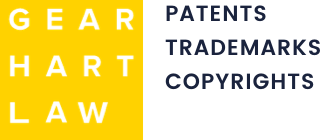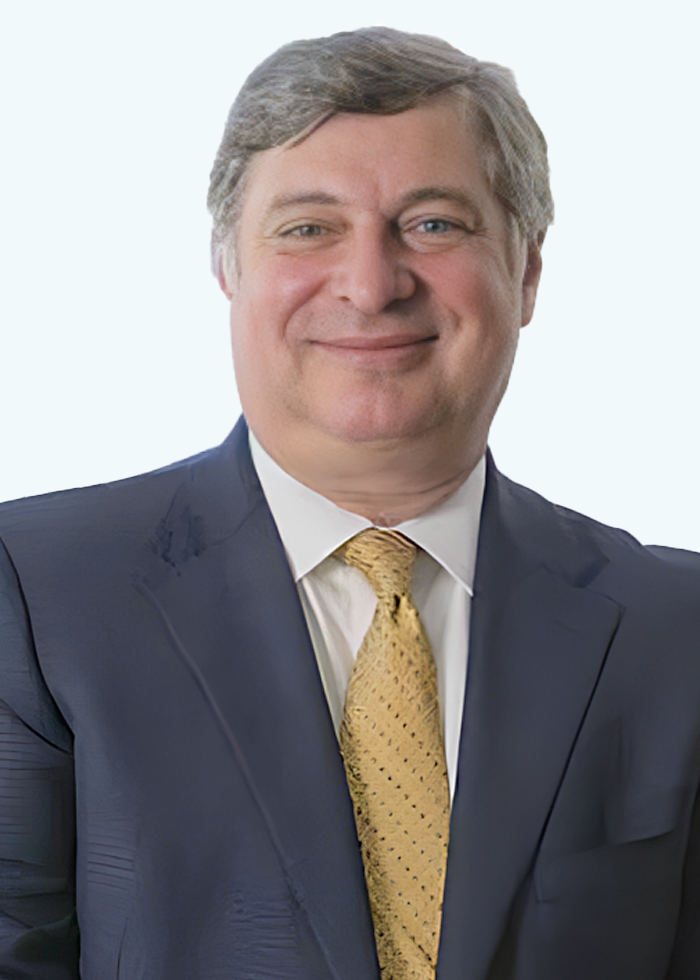Patenting a medical device often involves more complexity than other types of inventions. Between overlapping technologies, strict FDA requirements, and tight timelines, securing patent protection takes more than just submitting an application. Companies must account for when and how they disclose their invention, how to demonstrate it’s different from what’s already out there, and how to prepare for international growth.
At Gearhart Law, we work with medical device inventors and businesses to create smart, efficient patent strategies. In this post, we’ll walk through the biggest challenges you’re likely to face and how we can help you address them head-on.
Regulatory Compliance and Patent Timing
Timing matters. The FDA requires extensive testing before your product can hit the market, but patent law operates on a different schedule. If you publicly disclose your invention before filing a patent application, you may lose your rights. That includes information shared during clinical trials, investor presentations, or scientific conferences.
One way to stay protected is to file a provisional patent application early. This reserves your priority date while giving you time to refine your claims. But that’s not the only consideration.
International filings are even trickier. The U.S. gives you a one-year grace period after public disclosure to file. Other countries do not. That means if you’re planning to expand into Europe, Asia, or Canada, public disclosure before filing could shut the door on foreign patent protection.
We help you build a timeline that considers both regulatory steps and patent deadlines so you don’t lose valuable rights.
Technical Challenges: Proving Patentability
Medical devices often incorporate well-known technologies, which can make it harder to show that your invention is new or non-obvious. Patent examiners will compare your design to existing products, including prior patents, journal articles, and even products on the market.
This can be especially challenging when the differences seem small, like adjusting the shape of a catheter or improving a wearable sensor. To succeed, you need to show how your device solves a problem in a way others haven’t tried.
Software-related features present another layer of difficulty. If your device includes an app or algorithm, it may run into questions about whether it qualifies as patentable subject matter.
We work with you to draft strong, focused claims that highlight what makes your invention stand out.
IP Strategy and Competitive Risks
Medical device companies face intense competition. Many fields are filled with existing patents, making it easy to unknowingly infringe on someone else’s rights. This is where a strong patent strategy becomes a business tool.
Common issues include:
- Patent thickets, where overlapping patents make it difficult to clear a path forward
- Freedom-to-operate concerns, where even a granted patent doesn’t guarantee that you can sell your product
- Infringement risks, which can trigger lawsuits or licensing demands
Before bringing your product to market, we can help you conduct clearance searches and identify potential risks. A well-planned strategy can keep your company from getting blindsided down the road.
International Patent Protection
If you plan to sell your medical device outside the U.S., you’ll need to think globally. Every country has its own patent laws, and filing in multiple countries takes time and money.
The Patent Cooperation Treaty (PCT) allows you to start with a single international application, then decide later where to pursue full protection. This can buy you up to 30 months to evaluate your global business plans.
We’ll help you weigh which markets matter most and structure your filings to keep your options open.
How Gearhart Law Can Help
Medical device patents are more than technical filings—they’re long-term business assets. At Gearhart Law, we understand the mix of scientific, regulatory, and legal issues that affect your patent strategy.
We help medical device inventors and companies:
- Protect inventions without delaying FDA progress
- Avoid early disclosure mistakes
- Draft strong claims that reflect real-world applications
- Reduce the risk of infringement conflicts
- Create global filing strategies that fit their goals
Let’s Protect Your Medical Device Innovation
Securing a patent for a medical device requires careful planning and a strategic legal approach. From timing your filings around clinical trials to avoiding infringement issues, every decision plays a role in protecting your invention and moving your business forward.
At Gearhart Law, we help inventors, startups, and growing companies develop strong patent portfolios tailored to their medical technologies. If you’re ready to take the next step, we’re here to guide you through it. Contact Gearhart Law today to schedule a consultation and start protecting what you’ve built.

